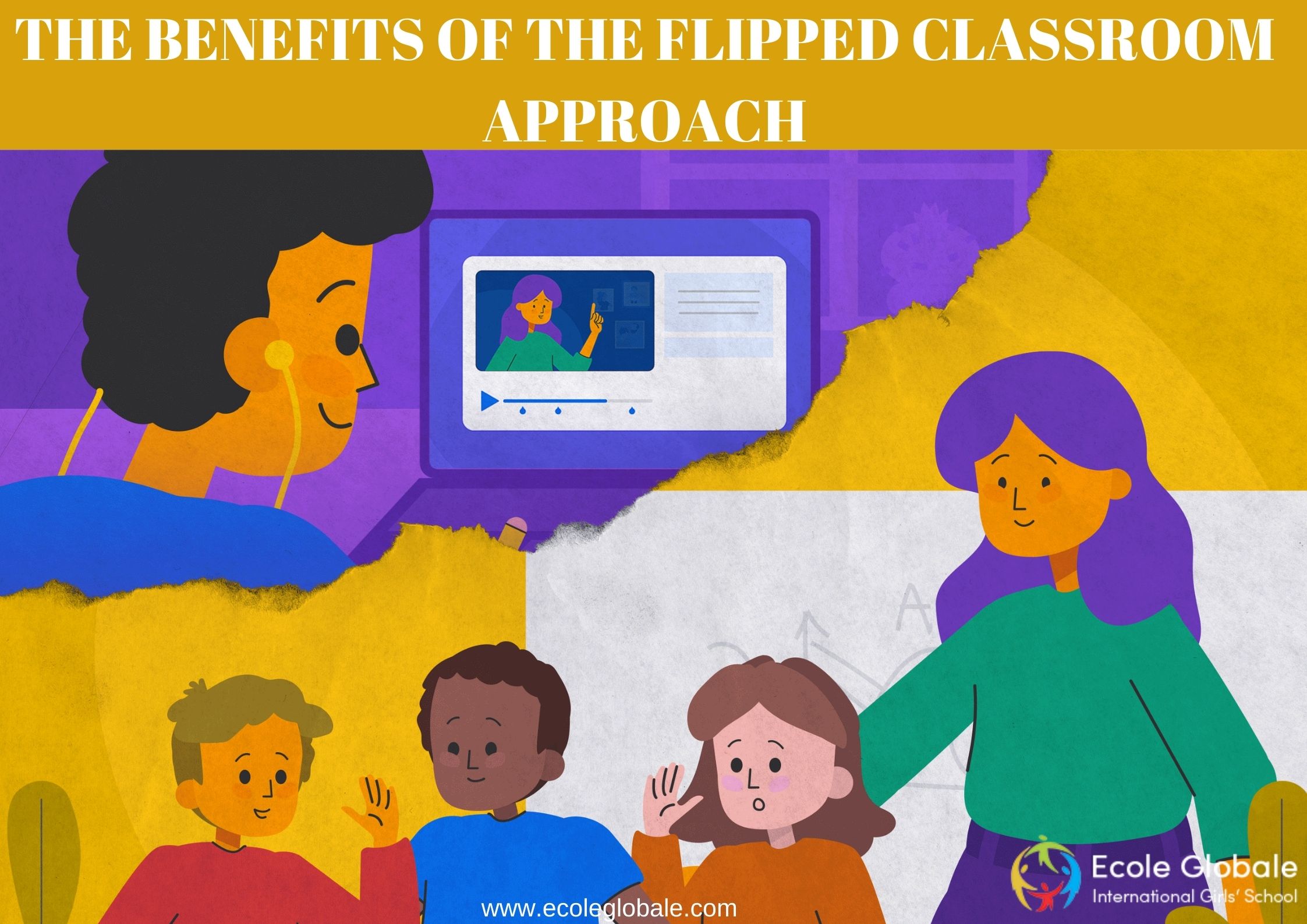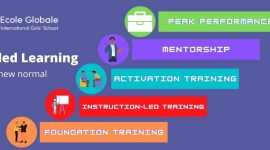Non-traditional teaching methods have become increasingly — well, traditional in recent years. Educators are shaking up the traditional pedagogical approach to lecturing, which stretches back to ancient Greece, in a thousand different ways, rewriting the rules with a mix of strategy, technology, and creativity to connect with students in ways that were impossible even a decade ago. The use of technology is prominent in many of these new teaching techniques; in fact, today’s teachers are experimenting with digital initiatives in practically every part of the classroom, with hundreds of versions for almost any given new approach. In actuality, “blended learning” programs differ significantly from one school to the next. Looking at the big picture, though, there are some definite trends emerging, and the flipped classroom may be the most promising right now.
The flipped classroom inverts the usual learning experience from a conceptual standpoint. Lectures are distributed outside of class time for individual review as homework, and students are given time in class to complete assignments and activities.
The following are the primary objectives of flipping:
- To create an active learning atmosphere in the classroom
- To allow students to learn at their own pace and
- To allow the instructor to spend more time teaching each student individually rather than the entire class.
Teachers must spend a substantial amount of class time presenting content in the traditional classroom model, which often consists of just standing in front of a room and delivering a lecture or lesson. Students sit and (to varying degrees) write down notes, passively taking information at the pace set by the instructor. Students are then pushed to try to apply the day’s lesson in individual homework assignments after they have left the classroom and lost easy access to their teacher and colleagues.
Of course, good teachers work to read their students’ comprehension levels in real-time during lectures and make adjustments to discover the best place for teaching the typical student. Similarly, attentive instructors keep track of their pupils’ comprehension of the subject through assignments and tailor the classroom to cover what will be most useful to the majority of students. Many educators (and parents) are now concerned that “teaching to the center” can only ever be a one-size-fits-all method, and that it will almost always fail pupils at the top and bottom.
BENEFITS THAT AREN’T JUST BUZZ
Students can learn at their own speed with flipped classrooms
Students are confined to the instructor’s speed for each class session and the semester as a whole in the traditional lecture approach. Instructors are under pressure to complete their curriculum in the time allotted in the classroom, based on the rate at which the “average” student absorbs information. If a student has difficulty grasping a concept, they must either interrupt and request that the information be repeated, so slowing down the session for the rest of the class, or do their best to keep up and ask for further explanation at the conclusion or outside of normal class time.
Flipped learning is personalized, interactive, and fun
Instructors create learning activities that engage students through active learning once the core material is delivered before class. Before the class even starts, the instructor has new information at their disposal in order to assess the class’s understanding of the lesson topic. Instructors can not only guarantee that students have engaged with the pre-class content using data from video analytics and online quizzes, but they can also guide the classroom experience based on what the students have learned and what they still need to learn. Gone are the days when teachers had to guess at an arbitrary average in the classroom.
Students can review for exams by watching flipped lecture recordings
Universities have been recording regular classroom lectures for more than a decade. Many people are astonished not only by how much video students view each semester, but also by when they consume the most video. In retrospect, the solution seems self-evident: during midterm and final test periods, students use recorded lectures as a study help.
Curation and constant improvement can make flipped content richer
While teachers have always curated a variety of resources to supplement their own lectures, flipped learning expands on that process to make it even more comprehensive, effective, and accessible. Because students consume lesson materials at home, they do not need to be delivered in the form of a lecture. Teachers can assign films, games, and readings, tying everything together with short videos they record.
Students in flipped courses do better academically
Every teacher desires a more meaningful teaching experience, one that is both interesting and beneficial to their pupils. Because administrators and other stakeholders are naturally cautious when it comes to change, the flipped classroom must demonstrate outcomes where they matter most – during test time.









